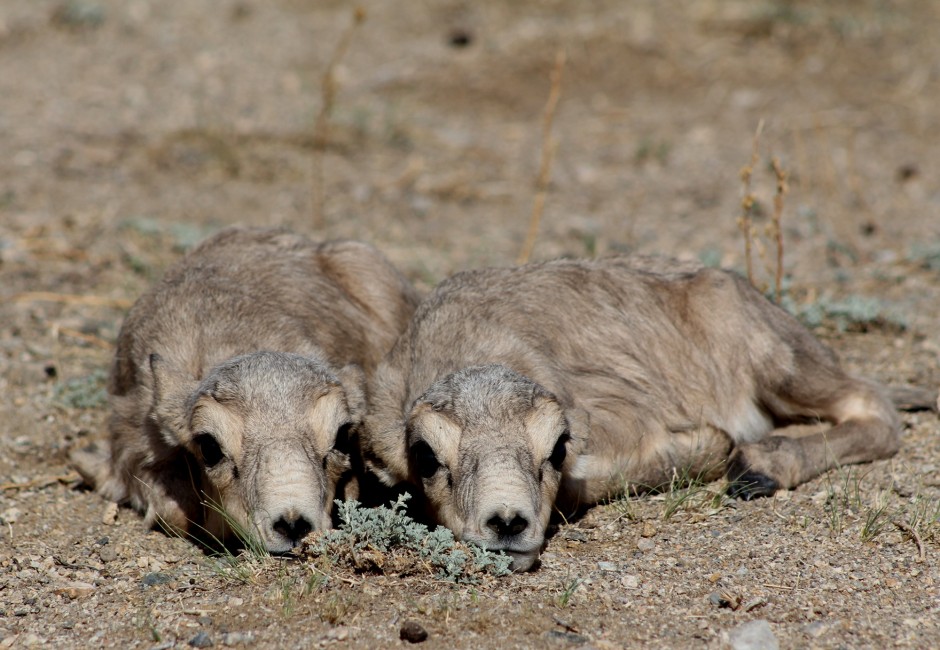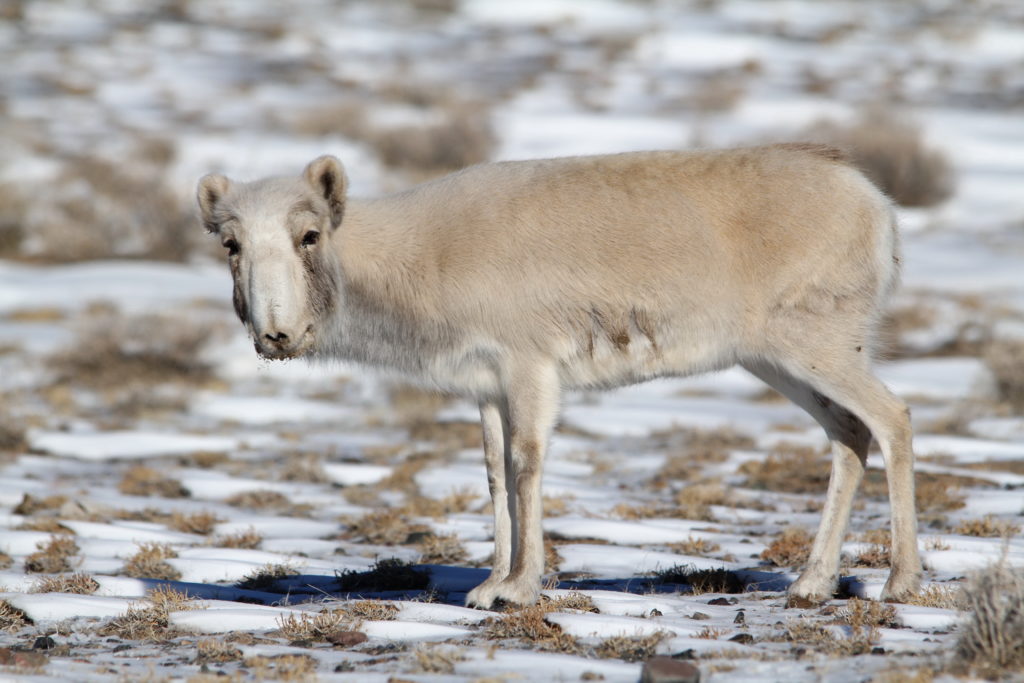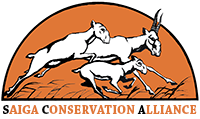As the SCA’s annual awards programme returns in 2023 – read more about the full programme – we look back on 10 years of the programme and understand the impact on international networking and capacity building.
Small Grants Programme is one of those awards. Through SGP we aim to build capacity among SCA members for more effective conservation, through our Small Grants Scheme and information-sharing.
Small Grants Programme closes on Monday 10 May 2023 – Download the application form
In this case study we look at two-time SGP winner, Buuveibaatar Bayarbaatar, SCA Steering Committee member and Conservation Scientist, Wildlife Conservation Society (Mongolia).
Buuvei’s projects ‘Survival and mortality of calves in Mongolia’ 2016 and “Food habits and overlaps between livestock and Mongolian saiga” 2010 (with Gunbat Gundensambuu) have led to a positive and long-term working relationship. This relationship shows how vital the Small Grants Scheme and its mentoring programme can be in our mission of restoring the saiga antelope to its position as the flagship species of the Central Asian and pre-Caspian steppes. Also, by working through local partnerships and focusing on sustainable long-term solutions that are based on sound science.
In 2010 Buuvei and Gunbat took to the field to conduct their research and what they discovered is fascinating and extremely important to Mongolia’s Saiga, the management of their rangelands, and their relationship with nomadic pastoralists.


Buuvei and Gunba reported:
The Mongolian saiga is listed as a critically endangered antelope in IUCN Red list and their conservation is urgently needed. Recent increases in livestock numbers have potentially reduced the capacity of habitats to sustain saiga because of forage or interference competition. We studied the potential for forage competition between saiga and domestic livestock in Shargyn Gobi, western Mongolia by quantifying diet overlaps using microscopic analysis of faecal samples. We collected 10 faecal samples from each saiga, goat, sheep, horse, and camel in summer of 2011. We also established 105 plots at sightings of marked saiga antelope in June 2011 to determine vegetation communities within saiga range.
Each plot was subdivided into 5 adjacent 1 m2 square quadrats and the plants in them were surveyed. Allium (Onions like garlic, scallion, shallot, leek, and chives) appeared in greater proportions in the diet composition of saiga, goat, and sheep. Diet composition of camels consisted mainly from shrubs, whereas Stipa was dominantly found in the diet of horses. Among twenty-five plant species recorded in the vegetation plots, Allium was the most frequently occurring species. The food habits of Mongolian saiga were quite similar to those of sheep and goats but were different from those of horses and camels. Our results suggest the saiga and sheep/goats would potentially be competitive on pasture as were suggested in a similar study on Mongolian gazelle and argali sheep in Mongolia.


The faecal compositions of camels were different from those of Mongolian saiga, sheep, goats, and horses. Camels predominantly fed on shrubs and the percentage of shrub species was 49%. Whereas Allium appeared in greater proportions in saiga, goat, and sheep diet composition, Stipa was the dominant species in the faecal composition of horses. Anabasis was found only in the faecal composition of saiga and camels, accounting for about 10% and 12%, respectively.
Plant survey
Twenty-five plant species were recorded in the vegetation plots at the sightings of the marked saiga antelope. The number of shrub, grass, and forb species recorded
Food habits of saiga and livestock
Allium was the most frequently occurring species during the study. Among the 5 most abundant species there were 3 species of forbs and 1 species of grass and 1 species of shrub.
Dietary overlap
Our results on the food habits of the Mongolian saiga and livestock in Shargyn Gobi (Gobi-Altay province) have shown that the food habits of Mongolian saiga were quite similar to those of sheep, and goats but were different from those of horses, and camels. While the least food overlap was observed between goat and camels, the overlap index was the greatest between goat and sheep.
Conclusions
Dietary analysis showed that forbs including Allium and Anabasis contribute a great proportion into the food composition of the saiga, goat, and sheep, whereas grass and shrubs commonly occurred in the diet composition of horse and camels, respectively.
Food habits of Mongolian saiga were quite similar to those of sheep and goats but were different from those of horses and camels, indicating a competition for food resources during a food-limited period is potentially high between saiga and goat/sheep.
Our findings suggest that good managed herding of goat-sheep can reduce or avoid competition with Mongolian saigas, and that herding management is important for conservation of the wild ungulates as well as the Mongolian steppe.
Small Grants Programme closes on Monday 10 May 2023 – Download the application form
